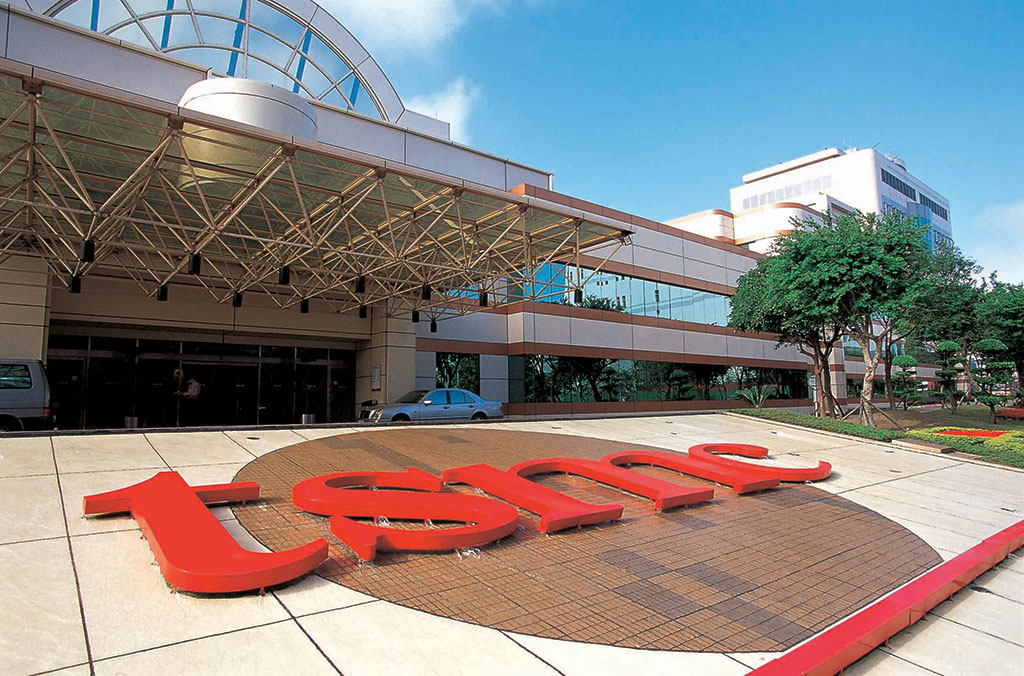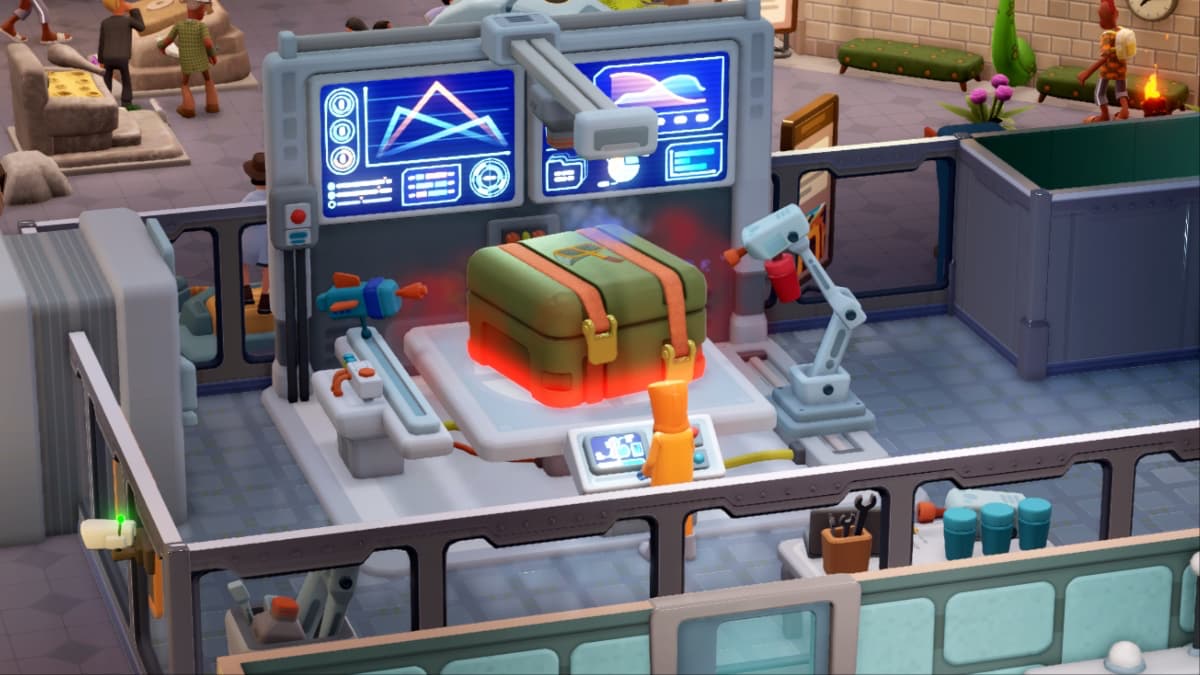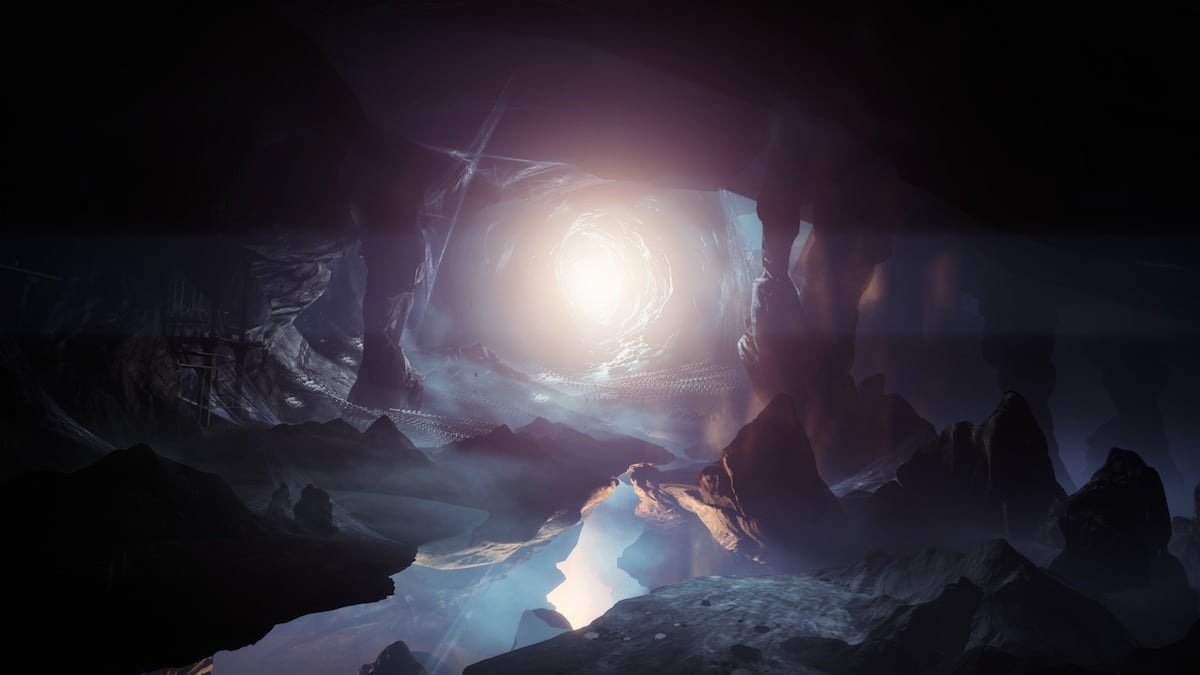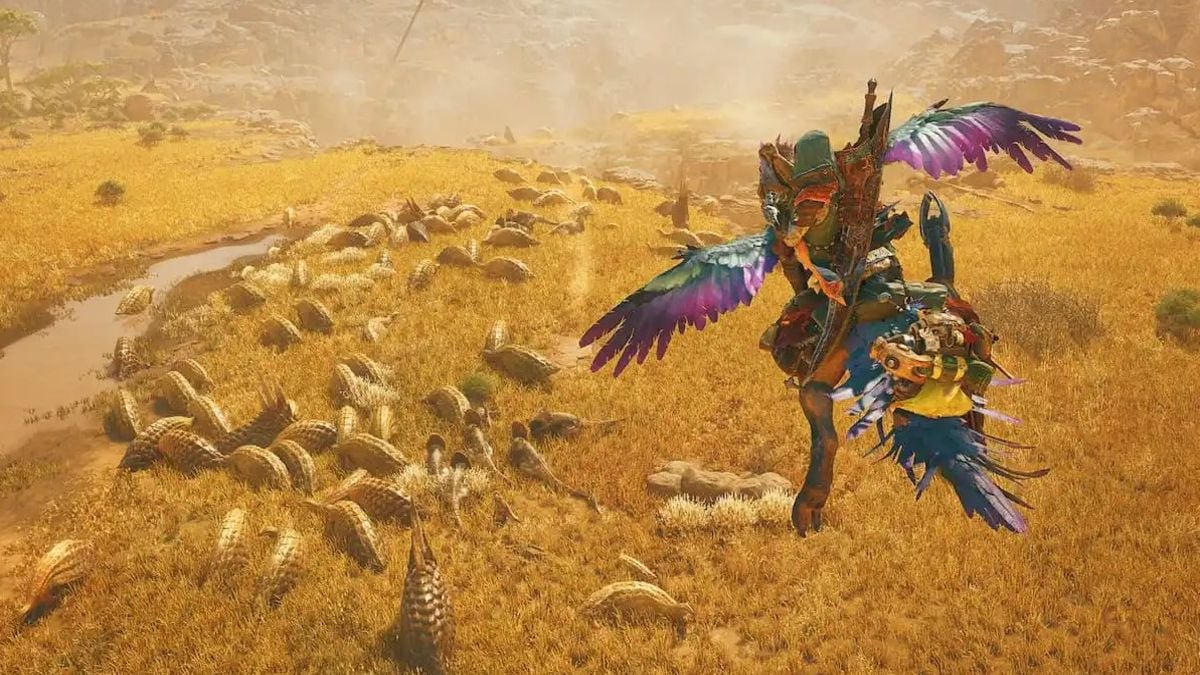
Starfield: Shattered Space Review
After the fast-travel extravaganza that was Starfield’s base campaign, I very much approve of the way its Shattered Space DLC course-corrects to make the new Va’ruun homeworld location feel much more like Bethesda’s previous open worlds. This planet is host to a substantial chunk of new quest content revolving around a long-winded but not uninteresting story about a futuristic theocracy that dangerously mingles science and religion despite their obvious conflict. That said, this first expansion is not terribly ambitious, either. It doesn’t introduce any significant new features that refresh anything you’ll do once you hop in your ship and leave this planet in a way similar to, say, the Dragonborn expansion did for Skyrim. Not every expansion can be so bold, of course, but those that aren’t miss an opportunity to leave a lasting, revitalizing mark on a replay of a big RPG like this, and limit themselves to a flash in the pan.
After dusting off my save, my level 46 Starborn passed through the Unity, grabbed Sarah from the Constellation Lodge, ran through the Mantis mission to score a ship, did a couple of temples, and then dove into the DLC – which turned out to be easy to find because it shows up the next time you go artifact hunting. The ominously spooky space station you begin on makes some good use of zero-G combat by adding glowing blue walls that, if you’re propelled backwards into them by gunfire, both deal damage and disorientingly teleport you, so you’ve got to be aware of what’s behind you when you open fire.
That’s where we’re introduced to the Phantom menace: these new enemies aren’t ghosts, but their spooky blue energy field and glowing eyes sure makes them look the part (and easy to spot from a distance) until it dissipates when you kill them, which is a notably cool effect. They can be both novel and annoying to fight: Not only are they often high level and thus pretty bullet spongey, they can teleport at will to both reposition when you’ve drawn a bead on them and also land right behind you with a big honkin’ knife. Listening for the whoosh sound effect of one popping into and out of existence can be your only warning before your health bar takes a big hit (especially a little later on when you might turn around and see the local equivalent of a Terrormorph tapping on your shoulder).
That’s where we’re introduced to the Phantom menace.
The floaty part doesn’t overstay its welcome, and when you get your boots back on the ground it’s not long before you’re whisked to the Va’ruun homeworld, which was kept conspicuously mysterious in Starfield’s campaign at launch. I did have to laugh when the notoriously reclusive and xenophobic group immediately invited me to not only walk freely among them, but fully convert to their religion. That’s very much a Bethesda thing, where everybody lets you sign up and no faction affiliations are mutually exclusive, but after playing the main campaign it was a little silly to find them so welcoming, even given the extraordinary circumstances presented.
You would not mistake their city, Dazra, for any of the others in Starfield. For one thing, the purple-tinged architecture is completely different and much more alien looking, even though the Va’ruun themselves are still human under all their face ink, and they only talk like they’re vampires on What We Do in the Shadows. (Completing the main quest lets you use their buildings in your own settlements.) Also, half of the city was destroyed in a catastrophic accident that left a weird and twisted crater so massive you can only really get a sense of it by looking at the map (they have maps now!), and the inhabitants are still recovering from what sounds like a Thanos snap-like loss of life. It’s a compelling setting, though I will say that the surviving half of Dazra looks a little too clean and orderly to really sell this as a disaster zone, even though it’s all anybody’s talking about.
None of this lore will be on the test, and it’s no match for a good blaster at your side.
Getting to know the Va’ruun and the factions within its weird space theocracy obviously means listening to a high dose of religious lore involving a large serpent. It’s all written and delivered up to Bethesda’s standards, but it can be a lot when you’re staying immersed in it for this long. Don’t worry, though – none of this will be on the test, and in the long run it’s no match for a good blaster at your side.
What We Said About Starfield
It’s never a great sign when someone recommends a game on the grounds that it gets good after more than a dozen hours, but that’s very much the kind of game Starfield is, and I do recommend it. There are a lot of forces working against it, and the combination of disjointed space travel, nonexistent maps, aggravating inventory management, and a slow rollout of essential abilities very nearly did it in. It was the joys piloting a custom spaceship into and out of all sorts of morally ambiguous situations in a rich sci-fi universe that eventually pulled it out of a nosedive. I’m glad that I powered through the early hours, because its interstellar mystery story pays off and, once the ball got rolling, combat on foot and in space gradually became good enough that its momentum carried me into New Game+ after I’d finished the main story after around 60 hours. Like Skryim and Fallout 4 before it, there’s still an immense amount of quality roleplaying quests and interesting NPCs out there, waiting to be stumbled across, and the pull to seek it out is strong. – Dan Stapleton, August 31, 2023
Score: 7
Read the full Starfield review
Your quest to bring the three factions together to solve the ongoing crisis takes place entirely in Dazra’s surrounding region, which is notably different from the other main faction quest cities. Rather than sending you to your ship to zip off to errands on other planets, once you reach the Va’ruun homeworld you’re never required to travel anywhere else – not even flying to another landing zone on the same planet – to complete every single quest you can find there. The only time I left in the 12 hours it took to beat the main story and every major sidequest I came across was when I hopped in my Razorleaf to go shopping in the Settled Systems for healing items, which are hard to come by on this planet without sleeping for days at a time waiting for the local doctor to restock. (Ironically, if you took the Serpent’s Embrace trait that says you grew up practicing the Va’ruun religion, your character will suffer a stat penalty for not doing grav jumps frequently enough.)
We see multiple meaningful locations on the same chunk of extraterrestrial real estate.
Instead, you either drive the recently patched-in rover car to each quest location around the Dazra or just hoof it the old-fashioned way, which I found refreshing. Most of the main Starfield quests felt detached and disjointed because of all the planet-hopping and fast-traveling to new locations, but here we get a more traditional Bethesda sense of place and continuity. We see multiple meaningful locations existing on the same near-seamless chunk of extraterrestrial real estate instead of one important thing and a bunch of procedurally generated filler. I also like how the crater is filled with gravity distortion bubbles, which I actually wish were used more often to really distinguish this planet from others and let you float to otherwise unreachable areas.
On the other hand, this down-to-earth approach makes Shattered Space extremely focused in the way it expands on Starfield, to the point where there is zero use of interstellar travel or space combat. As far as I can tell there’s absolutely nothing added for spacefarers other than now you have a way to legitimately acquire Va’ruun ships instead of stealing them from Zealots who attack you in space. That’s fine, as an expansion doesn’t always have to meaningfully expand every aspect of a game – but I was surprised that there wasn’t at least a token feature thrown in for space jockeys in an expansion with “space” in the title.
There’s nothing wrong with a celebrated band playing the hits.
Sure, the majority of these quests feel like Starfield-flavored rewrites of things I’ve done before in Fallout or Elder Scrolls games, but there’s nothing wrong with a celebrated band playing the hits. Track down the fugitive and decide whether to kill him or help him fake his death? Check. Root out the traitor diverting emergency supplies to the Zealots and decide whether to turn them in or take a bribe? Check. Rescue the hostages and decide whether to double-cross someone? Check.
As far as loot goes, there are a handful of new weapons to get your hands on, and although they’re mostly just the Va’ruun’s take on weapon types we already have, there’s nothing to dislike about more variety, both in their bulky visual design and their splashy energy effects. There are also some craftable grenades you can make out of pieces of defeated Phantoms. Again, though, it’s a little disappointing that they’re unlikely to change much about the way you’ll play when you leave this planet.
Since the mainstream Va’ruun themselves turn out to be generally alright folks, just as Andreja promised, you don’t spend much time shooting at them. Instead, there are a fair number of Zealots (including a very beefy new armored melee type) and the occasional generic spacers to fight in order to mix things up from tangling with Phantoms. I usually play on hard difficulty because normal is a cakewalk, and nearly everything was very manageable in Shattered Space. I say “nearly” because I did end up turning it back down to normal for the final battle – but that was mostly so I didn’t have to buy every health pack in the Settled Systems before attempting it again, because not taking damage in that firefight is quite tricky.
Finally, I have to give Shattered Space a little credit for giving me a good reason to return to Starfield and get a feel for how it works with all of the improvements Bethesda’s made in the past year. The maps and the car really do make a substantial difference in inconveniences I had to overcome to enjoy the main campaign, and even though the inventory is still bad and the temples remain maddeningly repetitive (and with a Bethesda game, it should go without saying there are still plenty of bugs, new and old) those improvements have gone a long way toward making this a game I’m glad I took the time to revisit.








